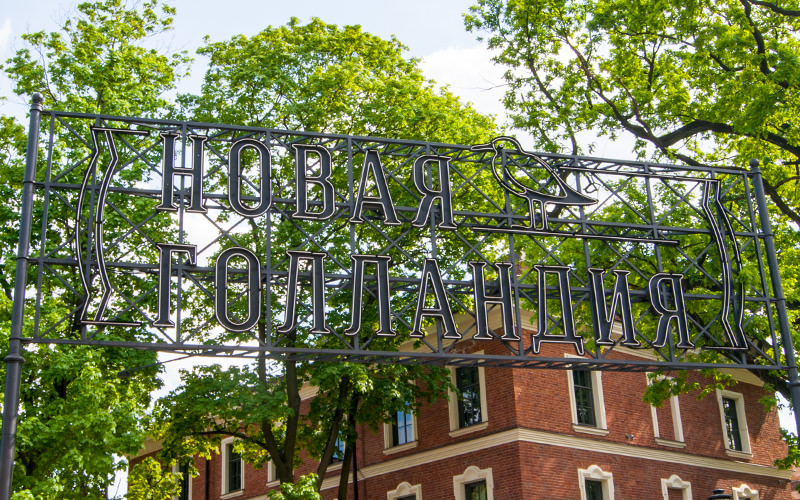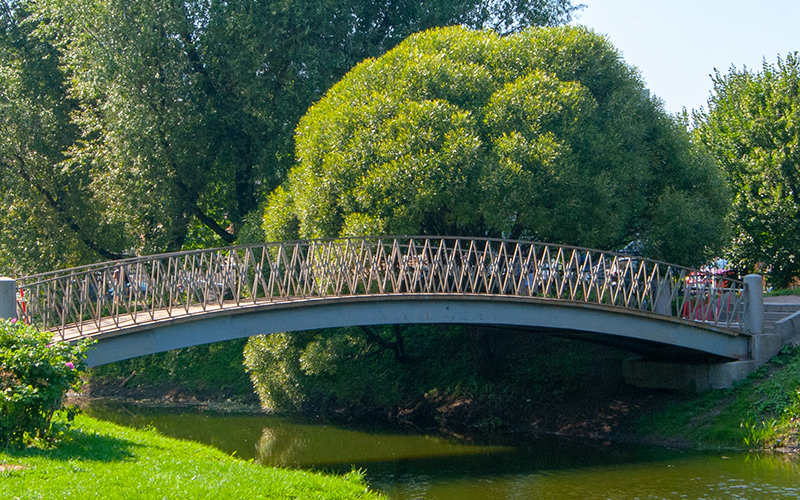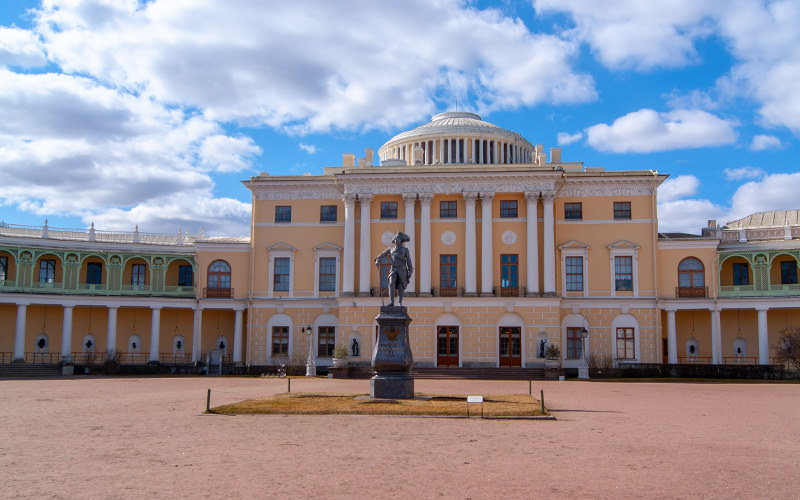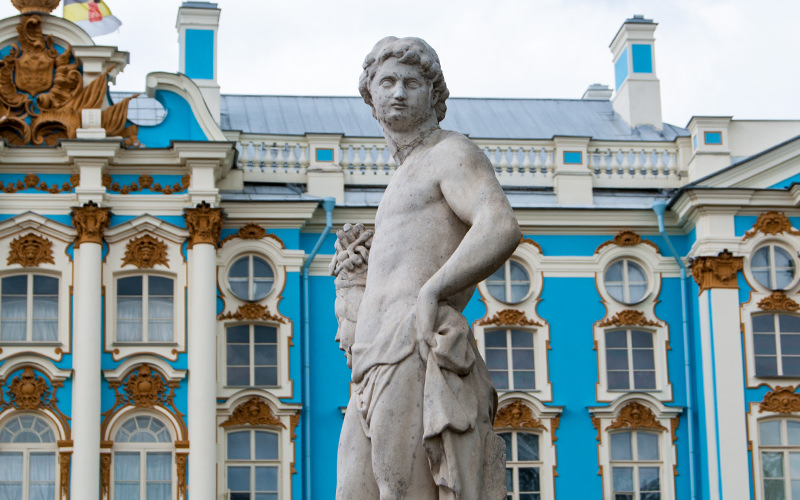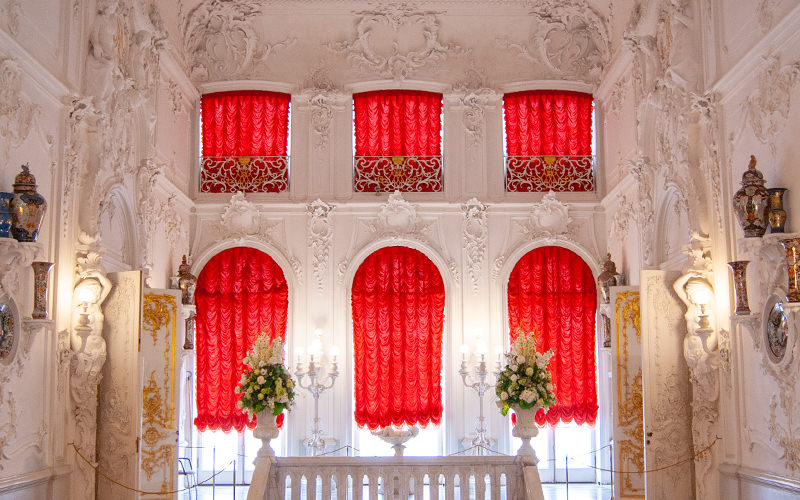On December 12, 1777, Catherine II granted her son Paul I estates along the banks of the Slavyanka River. This marked the beginning of Pavlovsk's history, with its centerpiece being the eponymous park. Construction of Paul I's residence began in Pavlovsk in the spring of 1778, but the scale initially did not satisfy the future heir to the throne. Therefore, in 1780, Charles Cameron was tasked with building the palace and laying out the park.
In 1788, Paul I gifted the park to his wife Maria Feodorovna. It was under her patronage that the park flourished. After her death, the park fell into decline, with the latter half of the 19th century and the early 20th century being particularly challenging times.
Interestingly, in 1836, the first railway in the Russian Empire was built between Pavlovsk and Tsarskoye Selo.

During the Soviet era, Pavlovsk Park was designated as a museum. It suffered extensive damage during the Great Patriotic War. Anything that couldn't be stolen was blown up, and the forests were cut down to provide fuel for the Nazis. Restoration of the park began in 1944, marking the beginning of the restoration of parks and palace ensembles around St. Petersburg. Restoration work continues to this day.
How to Get There
We chose the simplest way to get to Pavlovsk Park—by commuter train. Trains run from Vitebsky Station (54 rubles, summer 2018 price) and Kupchino railway station (41 rubles, summer 2018 price) to Pavlovsk railway station (Pavlovsky Vokzal).
Other convenient transportation options are also listed on the official website.
The park is open daily from 06:00 to 23:00.
What to see
Upon entering the park, we were struck by the majestic beauty of the fir tree alley. The tall firs spread their branches down to the ground, creating a twilight atmosphere that enhances the park's mysterious charm. The meadows with numerous bright green ferns were also breathtakingly beautiful. Everything looked stunning.
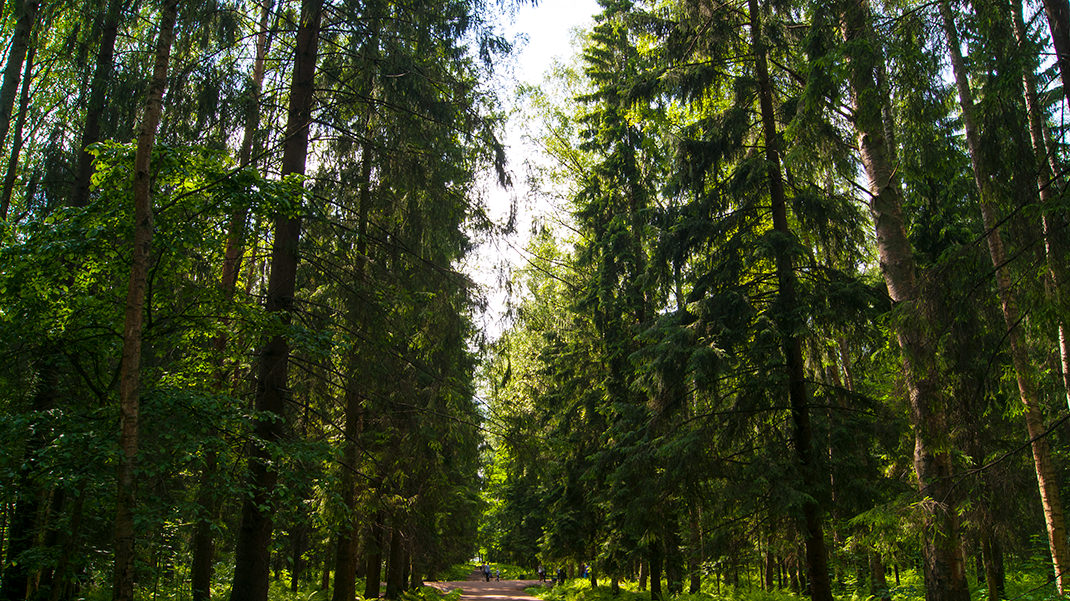
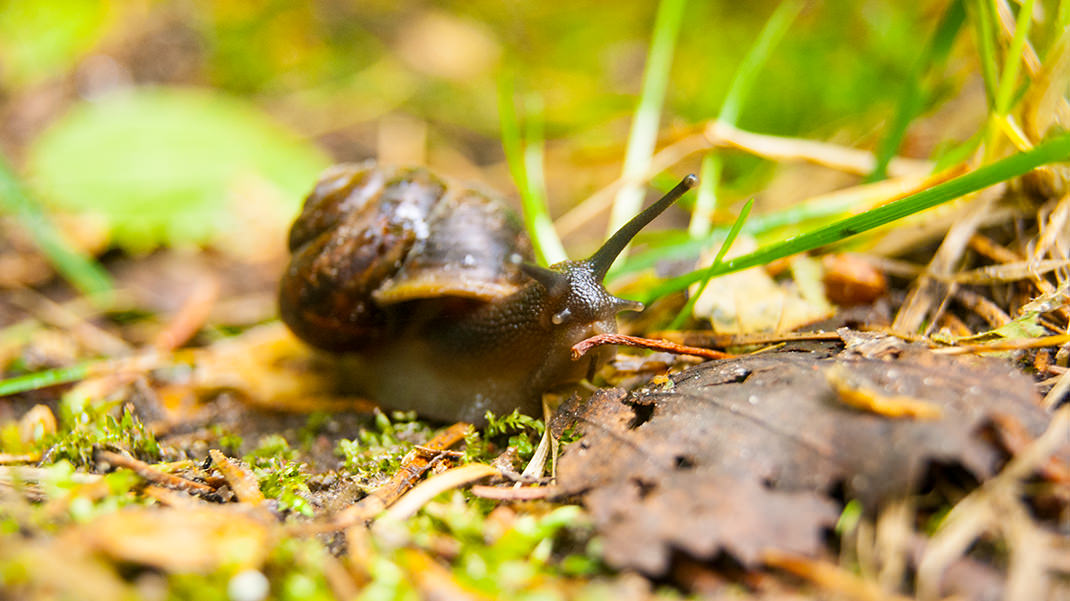
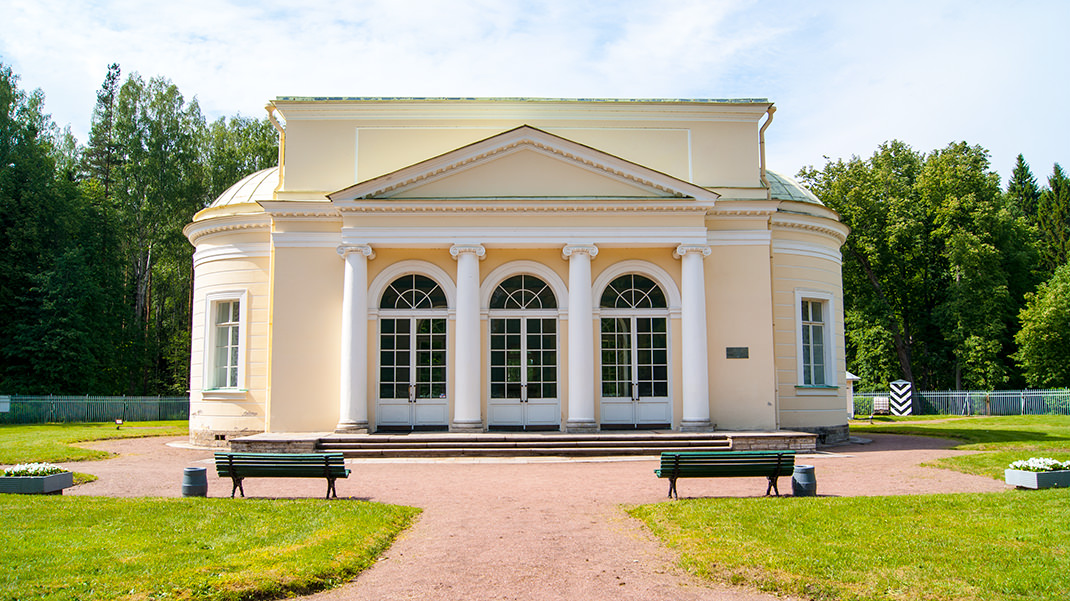
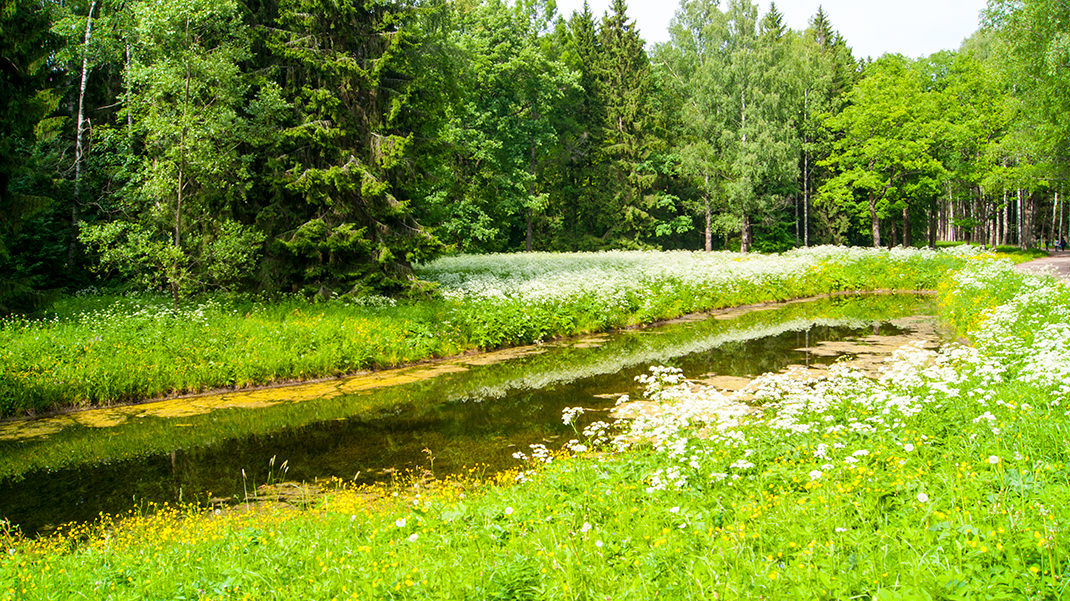
We visited the park in early June, so there were plenty of blooming flowers, a riot of colors and scents. The park's expansive landscapes and flower-filled clearings were impressive. Pavlovsk Park is perfect for photography enthusiasts, as picturesque views await at every turn.
Our first stop was the Pil Tower. In its time, this tower served as a retreat for the imperial family after bathing. Near the tower, we found a group of trees with very unusual shapes.
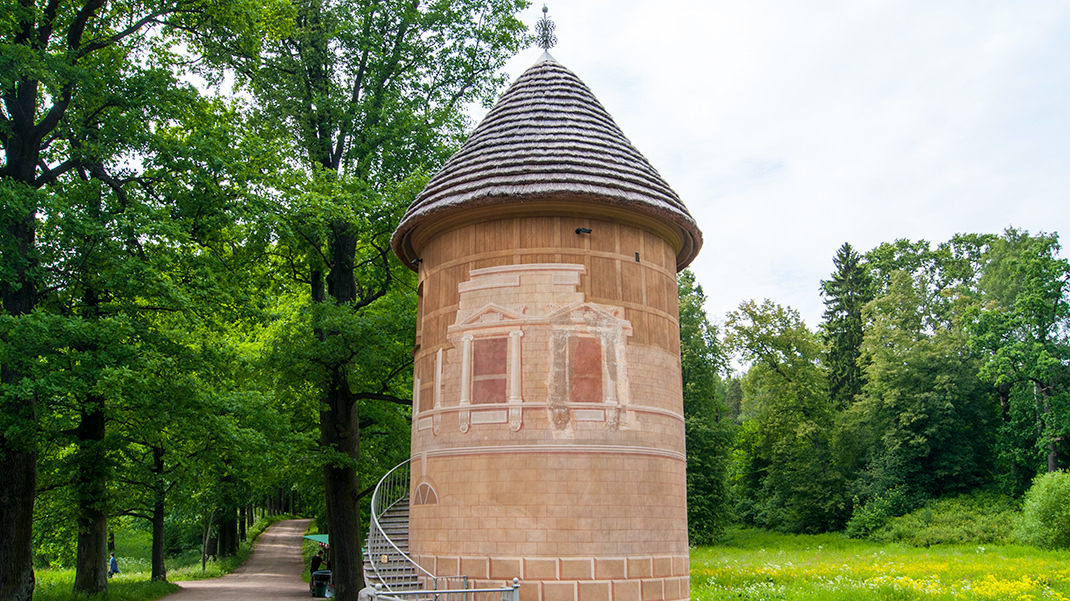
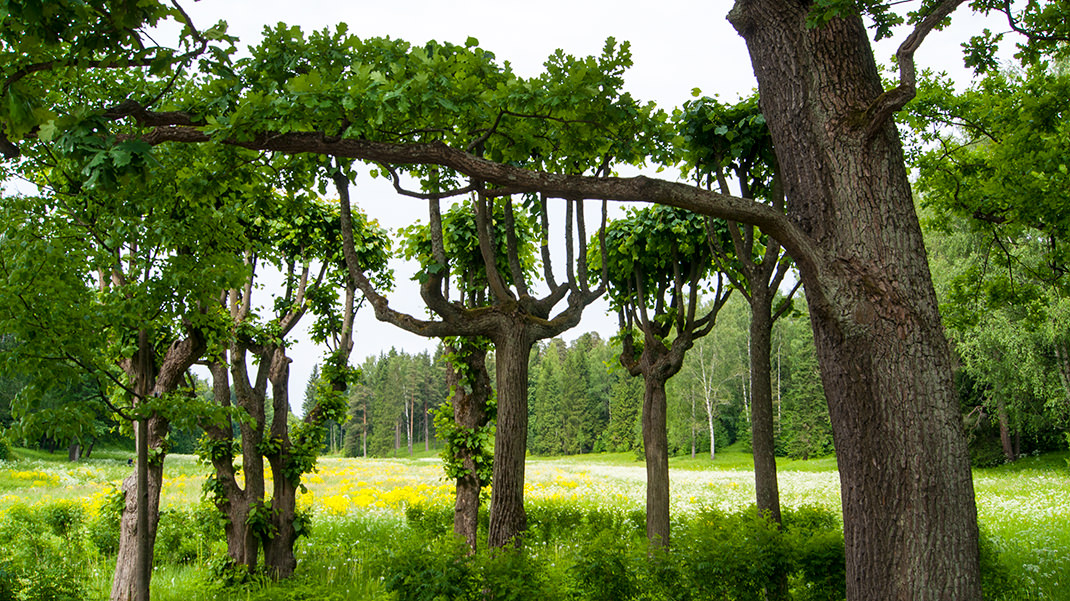
It's worth mentioning that besides the main paths, the park has numerous trails through fields and forests. Each path is unique and interesting in its own way. While exploring one of these trails deep in the forest, we discovered the Mausoleum (viewable only from the outside as it was closed). Our path then led us through the woods, so we advise bringing repellents as local mosquitoes can be relentless.
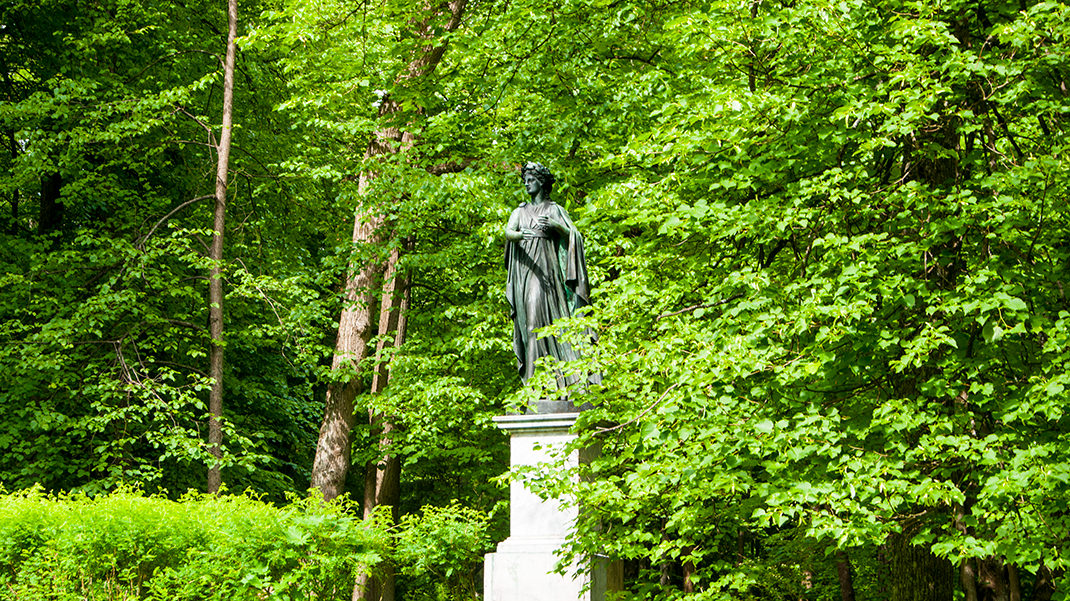

Along the way, we came across the "End of the World" column, which historically marked the park's boundary. Today, you can go much further. Occasionally, beautiful bridges over the river appear on the path, each one unique. Along the way, you'll encounter many beautiful landscapes, so keep your camera ready as there will be plenty of photo opportunities.
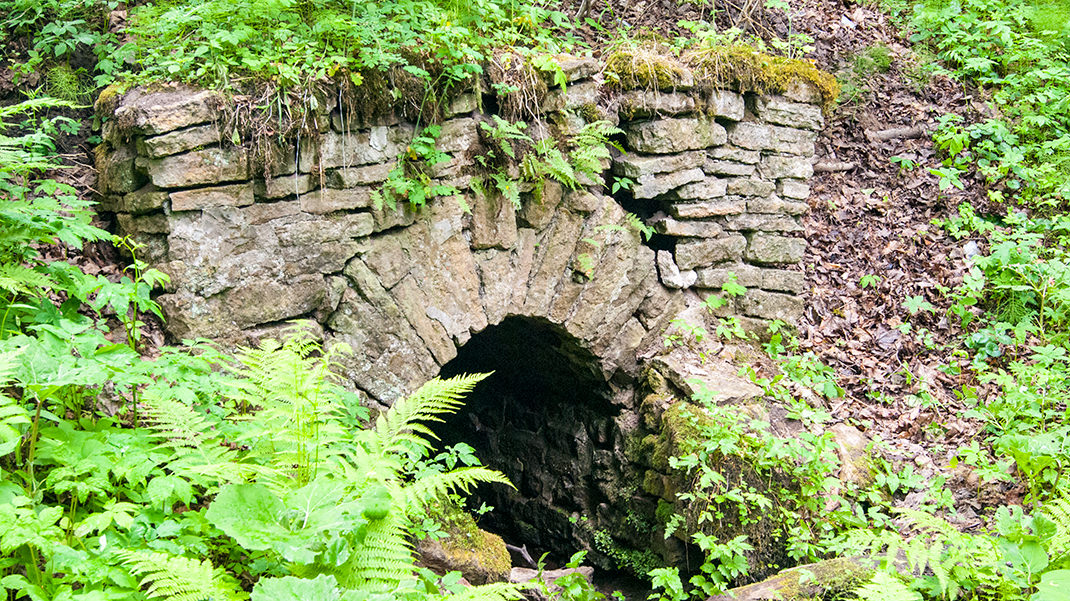
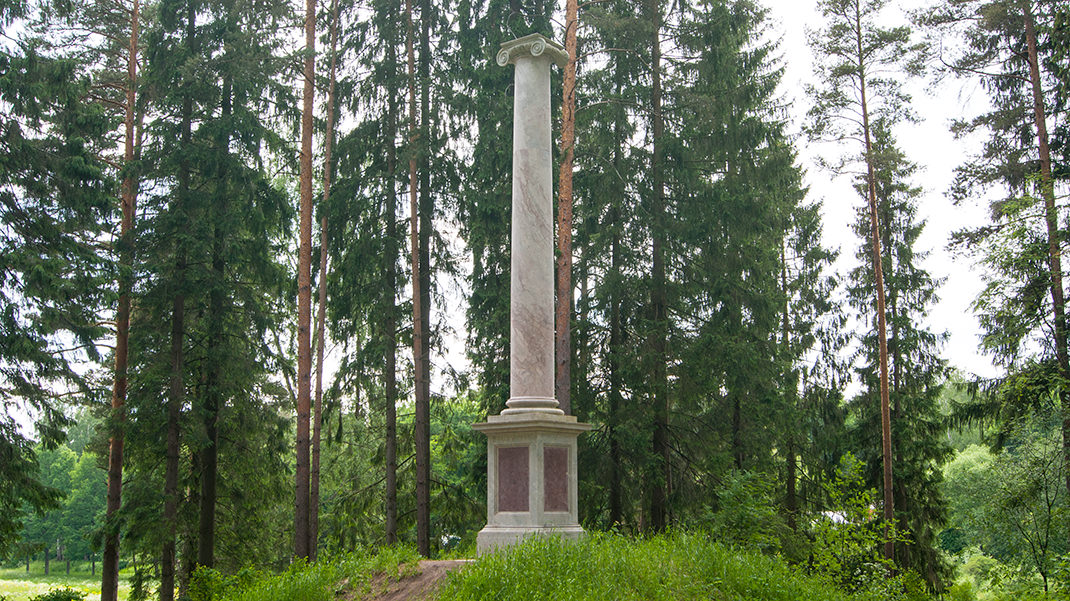
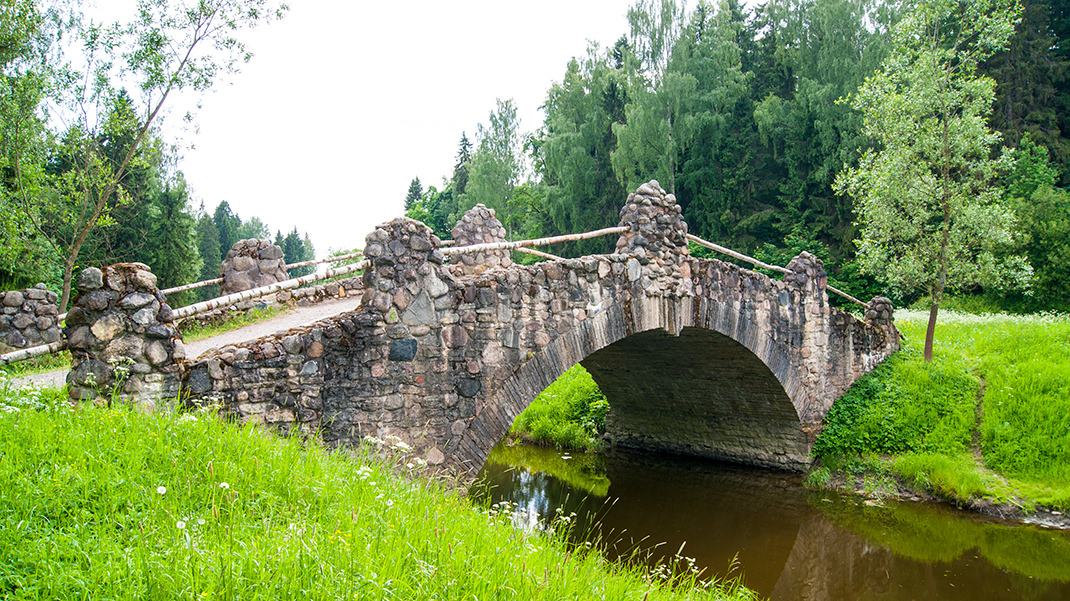
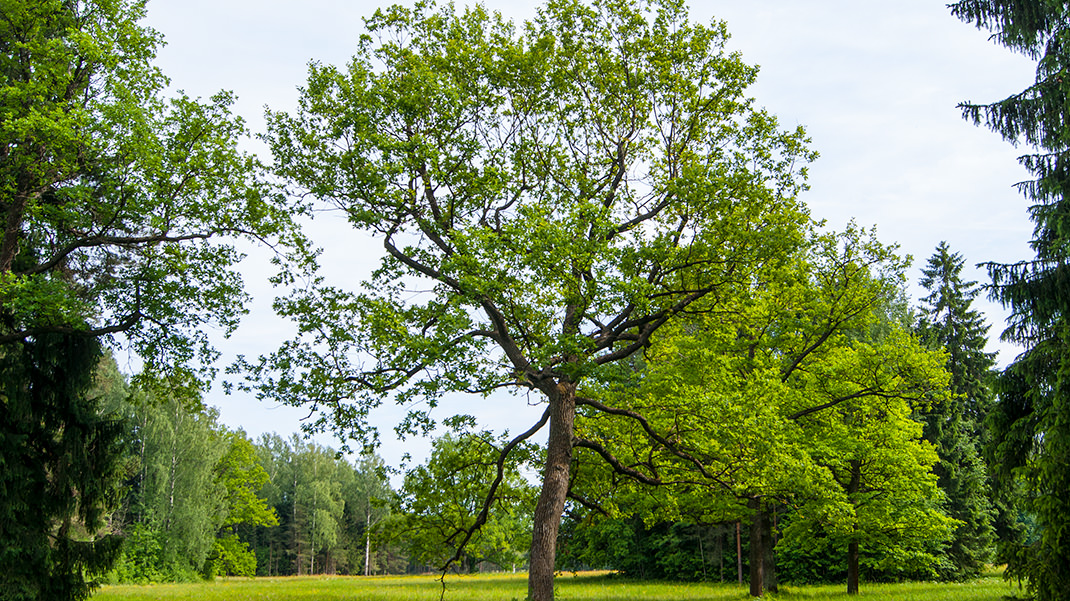
Leaving the woods, we headed towards Pavlovsky Palace. Don't forget to bring some nuts as you'll encounter many squirrels along the way eager to be fed. On the way to the palace, we reached the "12 Paths". This sculptural ensemble consists of twelve paths radiating towards the center, each adorned with various sculptures.
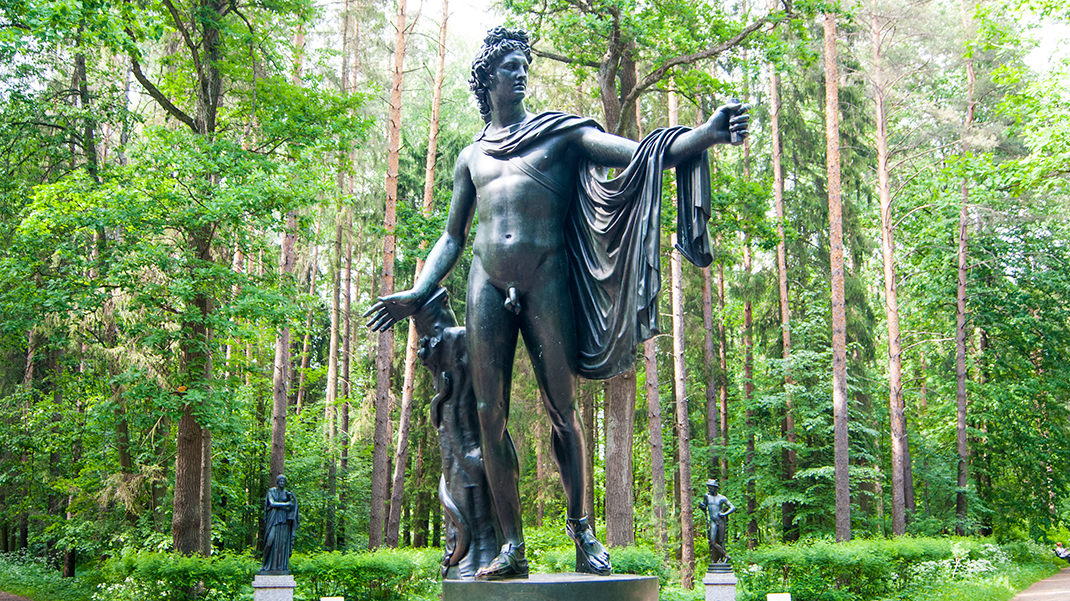
Next, we came across large circles. Each circle features a sculpture dedicated to a specific allegory. During the Great Patriotic War, each sculpture was buried next to its location. In 1950, they were all restored and remain in their historical places today.

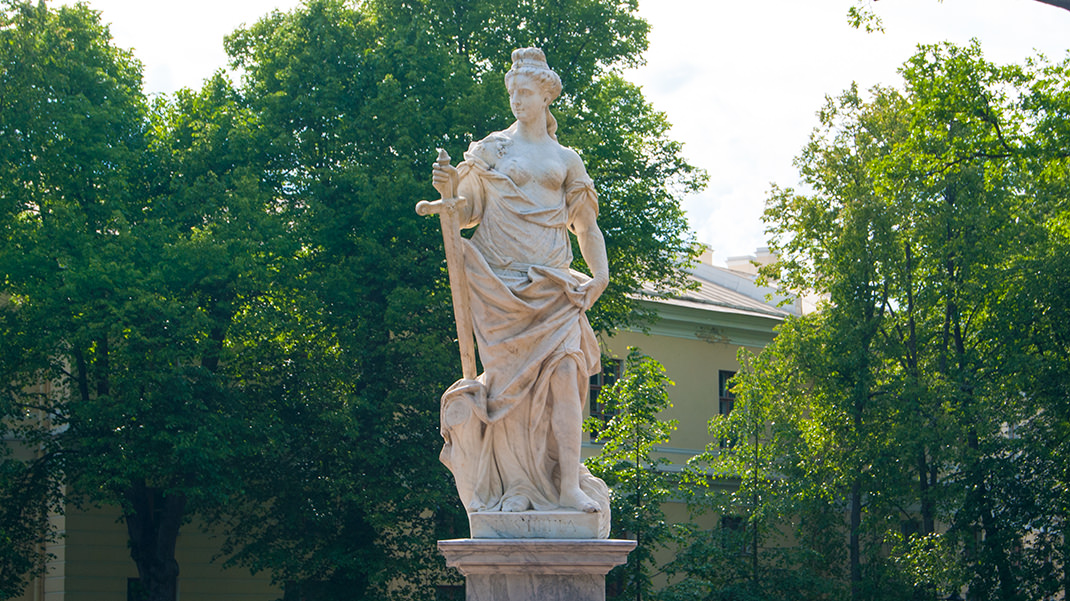
The final destination of our journey was Pavlovsky Palace. In front of the palace stands a monument to Paul I, the founder of Pavlovsk. Near the palace square, there are several souvenir kiosks where you can buy snacks. Visitors also have the opportunity to take a carriage ride. If you prefer not to walk long distances, you can take an electric car with a guide for a tour of the park. However, walking is much more interesting, we assure you.
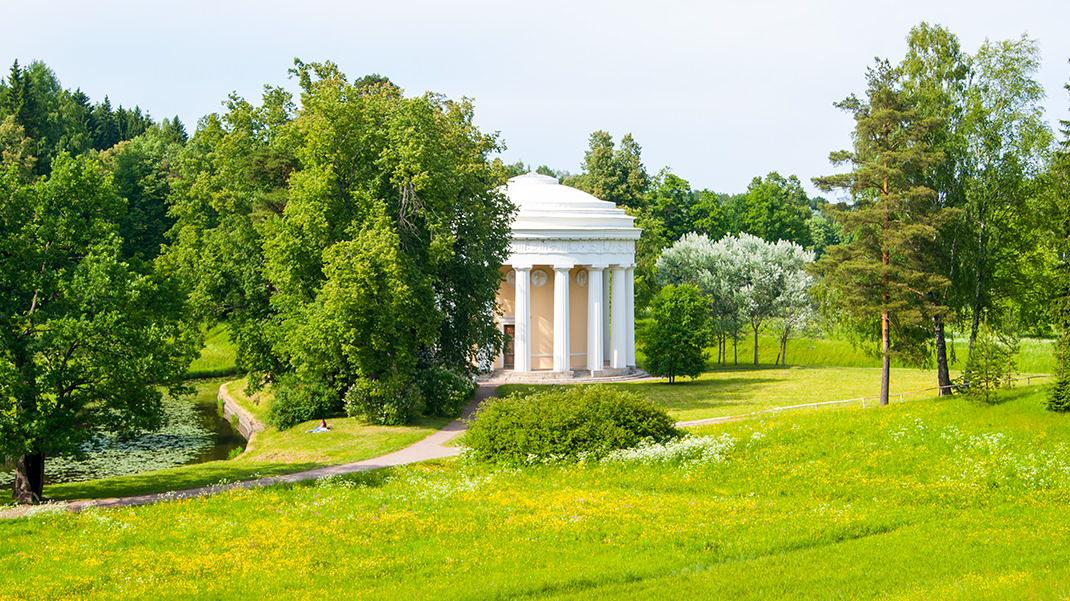

On our way back from the park, we saw a small playground with rides for children and a pier where boats can be rented. After spending about four hours in the park, we only explored a third of it. Therefore, we plan to return here many more times.
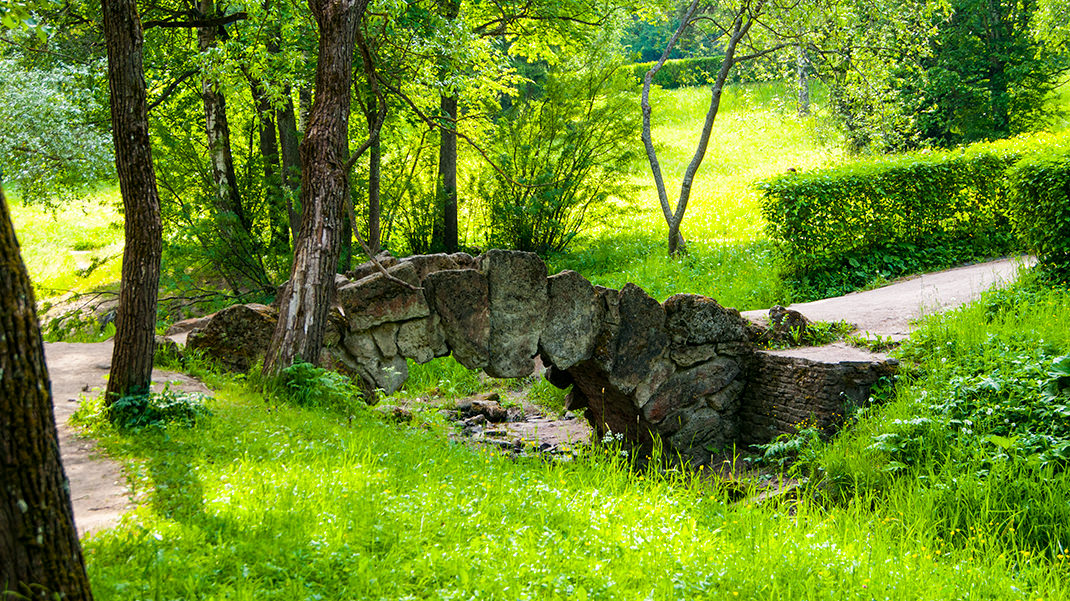
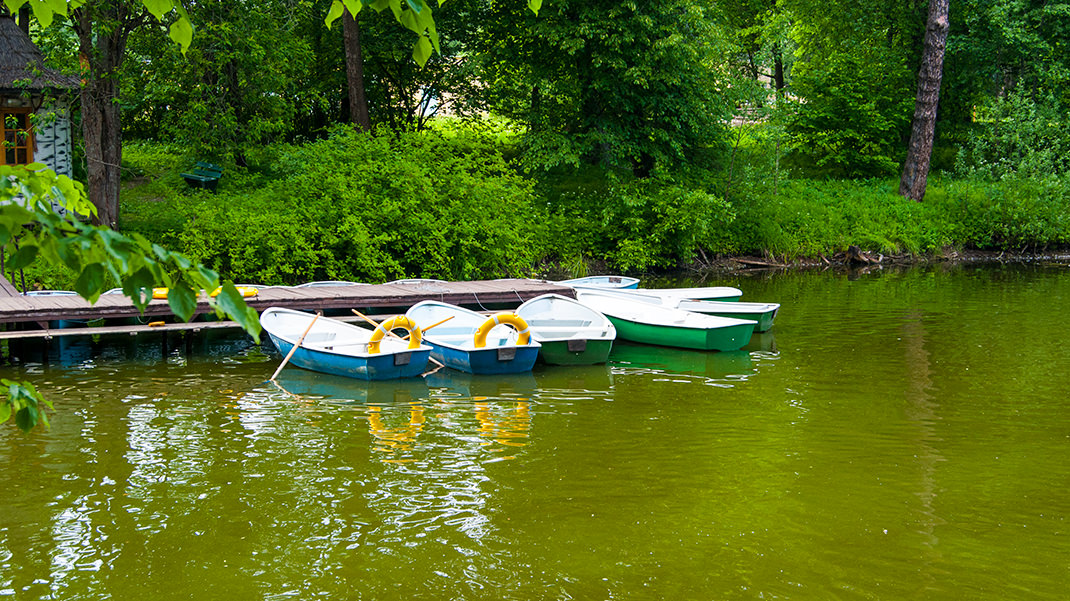
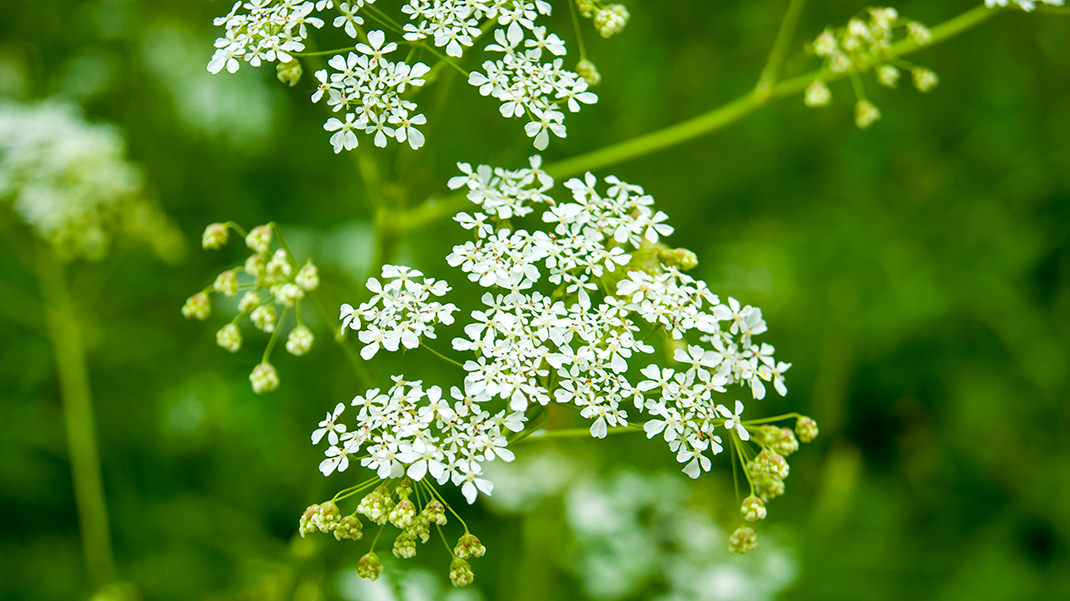
So, you'll need sandwiches, water, comfortable shoes, and a desire to discover something new. Off to the city of Pavlovsk and its main attraction—the Pavlovsk Park.


